Suzuki Bakuhatsu is a truly strange and unique cinematic Japanese puzzle game, where you take on the role of Ms. Suzuki (played by model Rin Ozawa), a young woman who inexplicably runs into bombs wherever she goes. Part stylishly presented live-action photo pastiche, part fiendish and tense puzzle game, Suzuki Bakuhatsu holds your attention with its sheer weirdness.
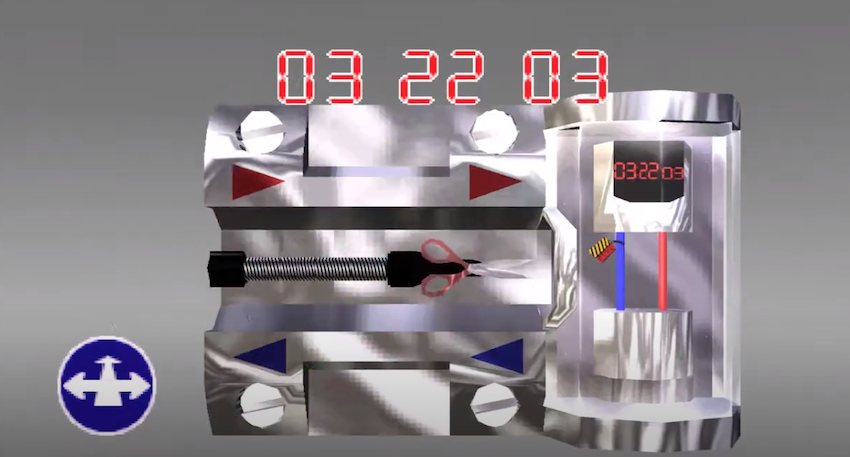
Each stage starts out by presenting you with a live-action story sequence in which Suzuki discovers that an otherwise normal object is a bomb. The explosive could be an orange, a tape cassette, or even the moon! These still photo sequences vary wildly in terms of style and content, and they are cut together swiftly in a manner that engages the player. The game then switches to 3D computer graphics for the bomb disposal puzzle section where you must utilize a variety of tools (screwdriver, wire cutter and magnifying glass) to carefully but swiftly unscrew the casing and disarm traps hidden within the bomb, before finally clipping the red or blue wire. These segments are tense, with Suzuki’s pounding heart and the mechanical sound of your screwdriver adding to the atmosphere. Diffuse the bomb and the game ranks you on your skill and continues the story. Fail and you will be treated to increasingly over-the-top explosions.



Suzuki Bakuhatsu has a lot of replay value as it is impossible to encounter all the bombs and story sequences in one playthrough. The game keeps you wondering what crazy scenario or bomb Ms. Suzuki will have to deal with next.
Suzuki Bakuhatsu was published by Enix and released in Japan on the PlayStation 1 in 2000, towards the end of the console’s lifecycle. However, its uniqueness, creative presentation and puzzle design make it worth picking up even today.
Automaton West recently interviewed Suzuki Bakuhatsu’s producer Takehiro Ando, who kindly offered some interesting insight into how this unusual game came to be.

Could you please tell us about the background behind Suzuki Bakuhatsu? What prompted you to create this unique game?
Ando: About a week after I started working in the game industry, the project was brought in as a proposal to producer Yasuhito Watanabe (who is probably best known for the PlayStation 1 dance game series Bust A Move/Bust A Groove, and bizarre, Japan-only release Segare Ijiri). At the time, new employees at Enix, like myself, had to sit in on all the senior producers’ meetings to learn the job.
At the time, I saw producer Watanabe as a person with an amazing talent for coming up with outlandish concepts, and the other creators, who found this mindset of his interesting, would suggest quirky and unique projects instead of typical, well-recognized themes like sword and sorcery RPGs.
Game designer Koichi Yotsui (known for games like Strider) had suggested 3 game projects, one of which was Suzuki Bakuhatsu (By the way, another of the three projects would later become the simulation game Submarine Commander, published by Victor on the PlayStation 1).
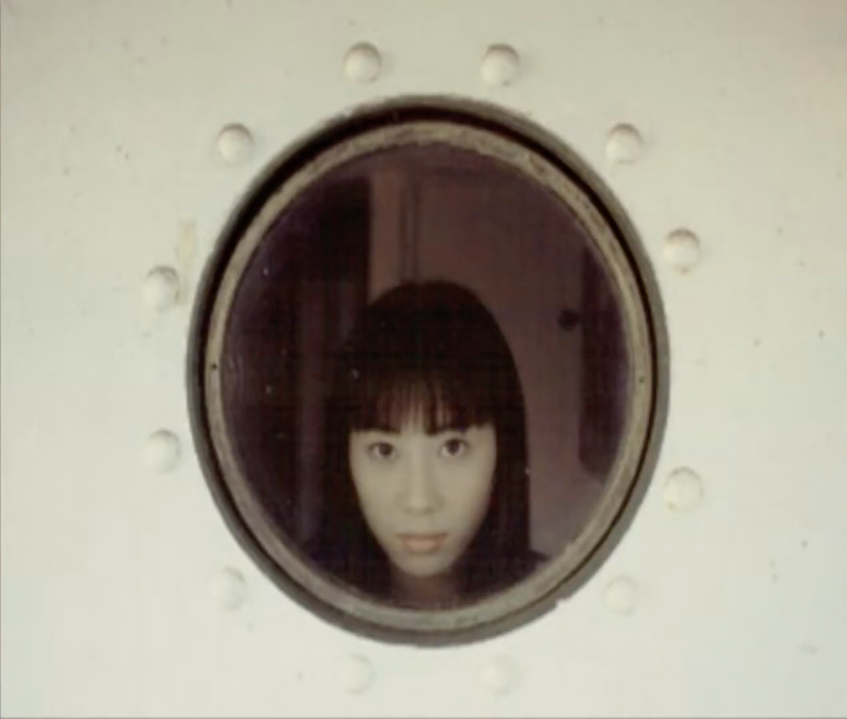
On the CD-ROM used to present the initial project (already titled “Suzuki Bakuhatsu”), featured a story involving a female student called Suzuki, who commutes to school by ferry. There was a mode in which you search for bombs on board the ship. A section where the player tries to dismantle the bombs was added later on.
I was so drawn to this impressive project that I asked my seniors to let me take charge of it. I took on this challenge when I was a 22-year-old rookie producer. The first thing I did was to incorporate live-action footage, with the aim of making the rendered backgrounds more appealing and creating a 3D modelled Suzuki who looked as cute and beautiful as possible.
The most beautiful depiction of a woman in 3D computer graphics at that time was of Aya Brea in the shower scene in Parasite Eve. While I admired these graphics, there was no doubt in my mind that real-life women were still more attractive.
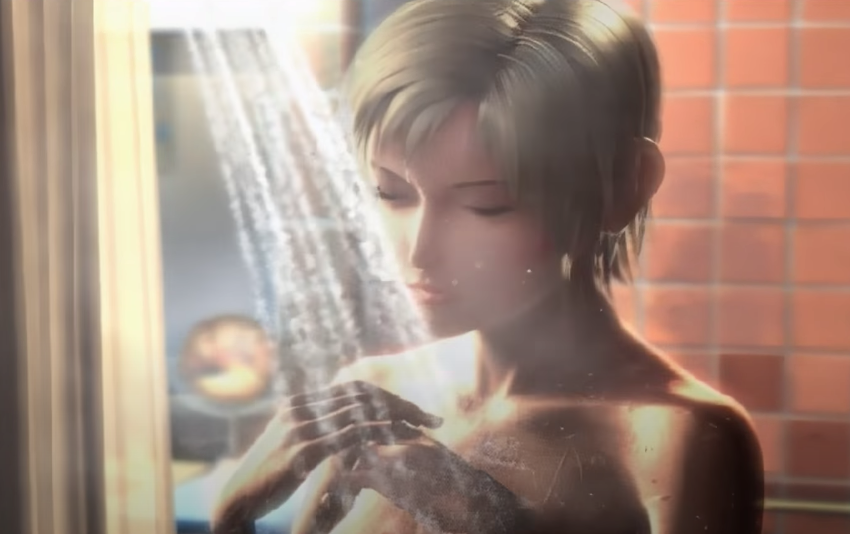
Another thing I changed was the bombs – they had initially been scary-looking bombs like the sort you would expect to see on a WW2 battlefield, but I changed this to a setting where ordinary objects turn out to be bombs.
In addition to the title and gameplay, which were appealing right from the start, I was able to add the unique contrast of a beautiful woman unexpectedly coming across dangerous bombs. The project started on November 27, 1998. I remember this date well, as it was my 23rd birthday, as well as the day that Sega’s last home console, the Dreamcast, launched in Japan.
In the role of Suzuki, the player must diffuse various bizarre bombs. These bombs include a glass of iced coffee, a lightbulb and even the entire ocean. Do you have a favorite stage or bomb?
All the bombs are just so memorable. I actually played the deliveryman who delivers the “orange” bomb in the first stage. It was a unique experience to appear in the first ever title that I produced.

For one of the bomb disposal scenarios, we created a mecha anime series parody where, as Suzuki inside a giant robot, you go up against another huge robot called Gunder in a game of rock-paper-scissors. Creating a 70s anime inspired theme song and opening sequence for this part of the game was also an unforgettable experience.
We got Ichiro Mizuki, a legend in the world of anime songs, to sing the theme song for us. However, when we initially made him the offer, we were struggling to explain the game well because it was such a novel idea. I remember him eventually saying “I’ll accept the offer because I can feel how passionate you are about it.”

I also like the use of the “Moon” as another gimmick for a bomb. I think Yotsui’s genius and creativity are really evident here, with the Moon itself being a bomb and looking like the head of a giant screw.
Suzuki Bakuhatsu contains a scene that parodies the variety programmes seen on Japanese TV. It also has a character called Jeans, who seems to resemble the hardboiled characters that Yusaku Matsuda played in 1970s action movies. Could you tell me about the inspirations behind Suzuki Bakuhatsu?
Like the Gunder example above, the team (who were in their 20s and 30s at the time), was strongly influenced by things from their childhood such as anime, music programmes, detective dramas, pro-wrestlers and idols. Therefore, it can be said that Japanese entertainment culture from the 70s and 80s often provided the original inspiration.
The idea of presenting Suzuki’s encounters with each bomb in a storyboard style came from Eisaku Ono, a graphic designer who does editorial design for magazines. He also designed Suzuki Bakuhatsu’s logo, cover and poster. Although he was an influence, this inspiration was interestingly put together by the other members of the team.
When you look through the now out of print magazine “Relax” that he designed, images of the latest fashion, subcultures like games and anime, and pictures of cute girls seem to jump out at you from all directions. I think Ono brought that sense of flicking through a magazine to Suzuki Bakuhatsu by presenting photos in a dynamic way.

The photographer who brought the storyboards to life with his photos was Keisuke Naito. Naito had produced a stylish nude photo series called Chingcame for the men’s fashion magazine “Smart” (which is still published today). His photography seemed like the perfect way to show Suzuki’s attractiveness.
Naito is the one who introduced me to Ono. You could say that the unique world of Suzuki Bakuhatsu came about because we started out with a fashion magazine-style approach, which is not really like a game.
As an aside, the senior detective who appears alongside Jeans was played by the former head editor of “Relax” magazine. We enjoyed putting this kind of playfulness and indie spirit into the game.

Were there any difficulties that you encountered with the game’s development or the photo/video shoots?
We encountered difficulties in trying to tell the story in the game through photos. The idea of pressing a button to change the photo wasn’t very interactive if all it did was show another photo. Even though the photos and design were good, this part was boring in the initial demo.
Through trial and error, the director (Yotsui) came up with a dynamic way of transitioning between the photos that would be fun for the player. However, there was a risk that this would spoil the quality of the original photos and design. This led to a debate between the photographer (Naito) and graphic designer (Ono) that verged on confrontation, with them eventually settling on the approach that can be seen in the final game.

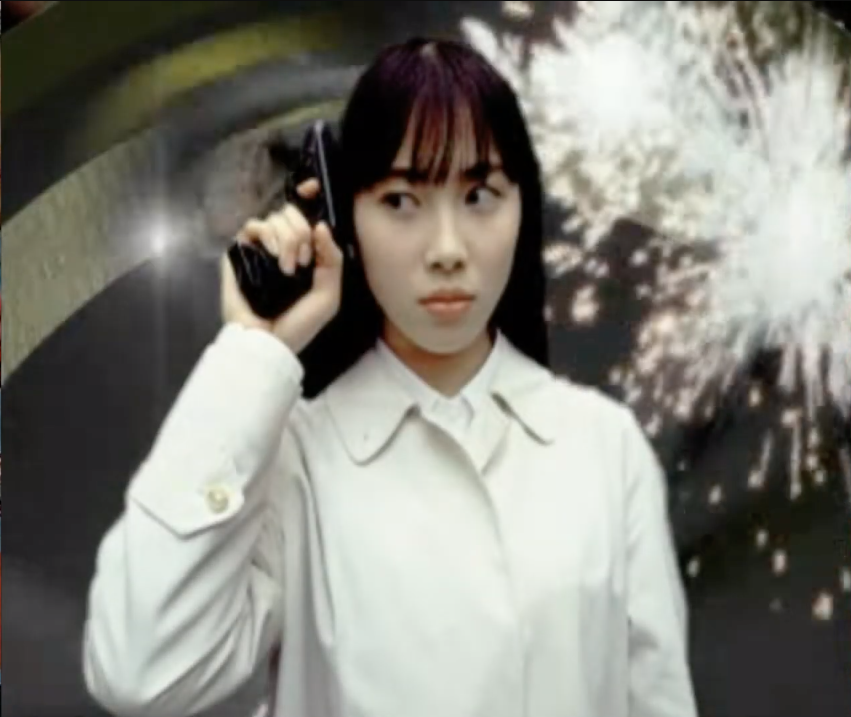

At first, the bomb disposal sections were in 2D, but this made it look like an old game, so we decided to make it in 3D. I think this was tough for the director because the bomb disposal gimmicks and game design are completely different in 2D and 3D.
As for the video sections, I think we were able to create something that could be enjoyed just by watching. However, the PlayStation 1 discs could only hold 640 MB, and most of it was taken up by these video scenes. If we had tried to cram in a few more videos, this simple game that we envisioned would have turned into a double disc release (laughs).

Do you have a message for those who have played Suzuki Bakuhatsu?
Even though the game is almost a quarter of a century old, I get interviewed about it or invited to an event every few years. At the time, it was a niche title with a small following and Japanese players affectionally called it a “Bakage” (silly game). I never thought people would still remember the game after all this time.
Looking back, I was young and not really a game producer and it was only with the support of senior creators that the game was finished. This interview made me realize that once again.
I still stick to producing highly original games instead of sequels or games based on popular manga or anime. It all began with a quirky and original game called Suzuki Bakuhatsu and the players who embraced it. Thanks to them, I have been able to devote my life towards creating original games.
Thank you very much for your time.

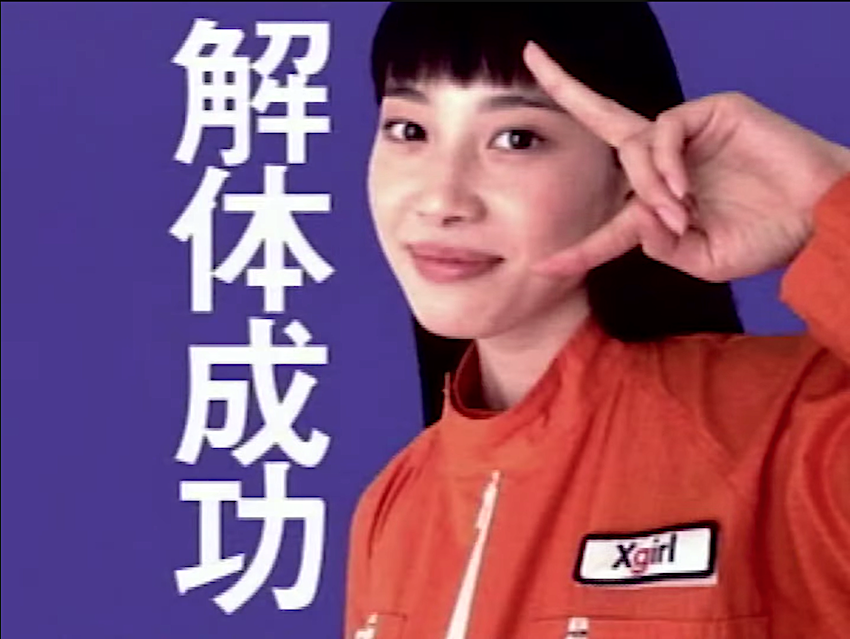

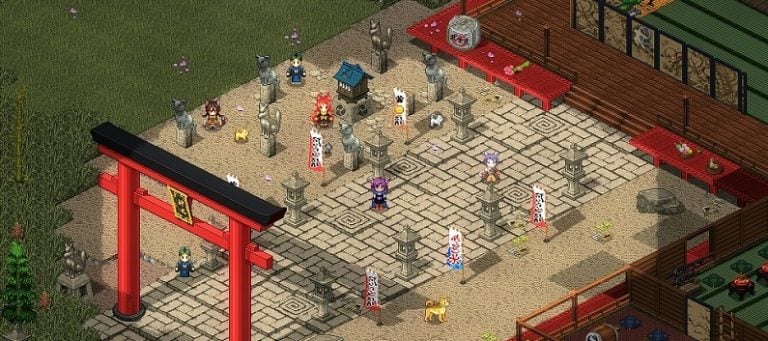

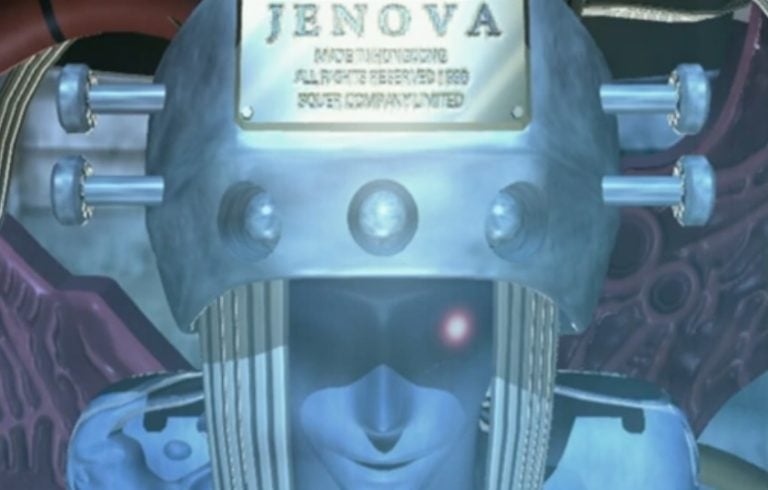
What a fascinating interview. A bizarre concept for a game but I can imagine the tension of having to diffuse the bombs must be addictive.
Thanks for this interview !
Bored by the actual videogames, i’ve lived a unique experience through this game !
Weird game, i didn’t completely understood the story.
I’ll be very enthousiatic to play this game, again, but with a english patch for the next time.